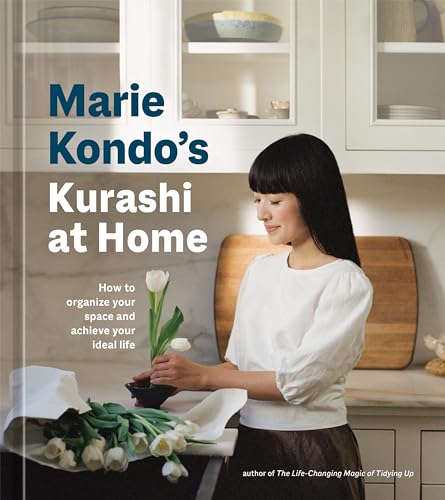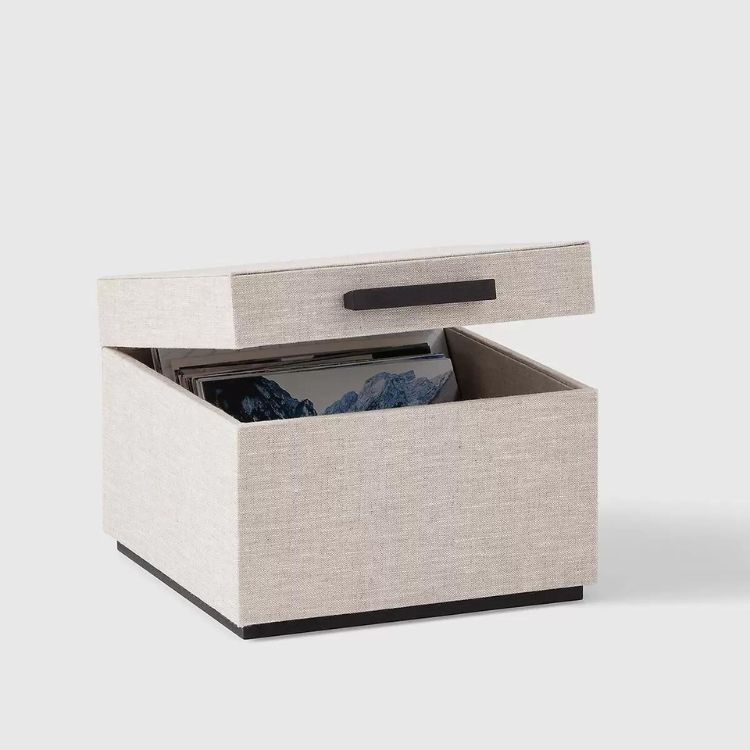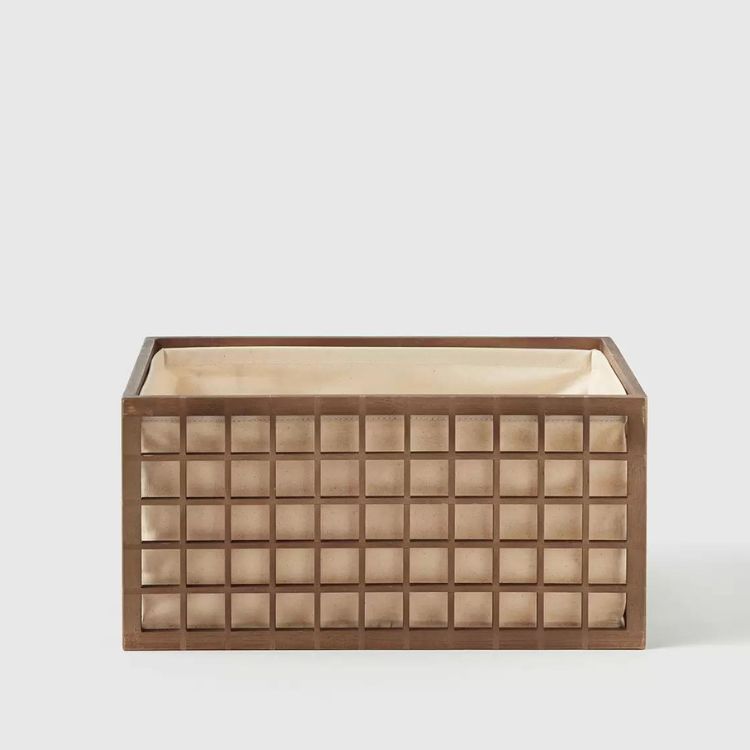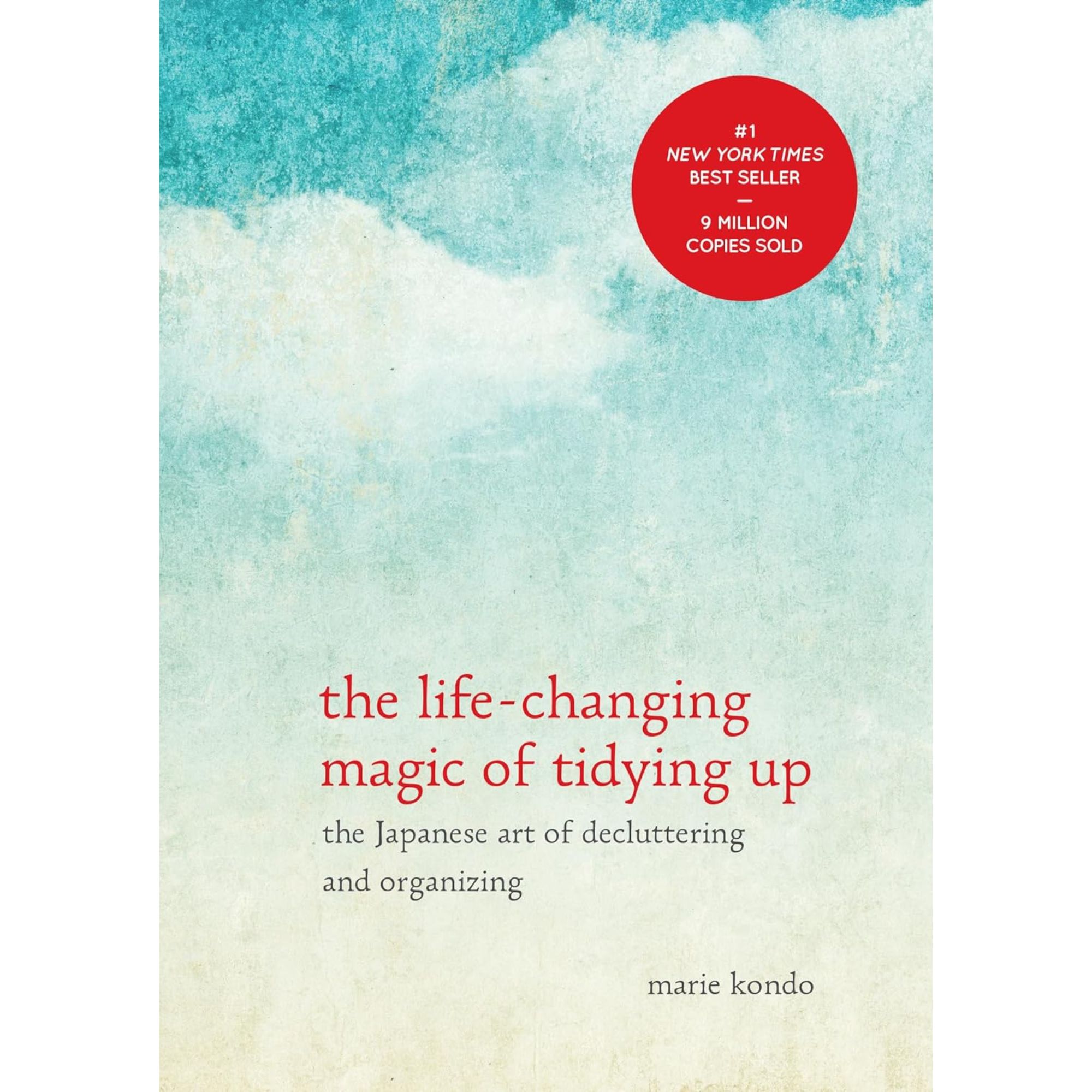I Just Learned About These 6 Japanese Decluttering Methods — And Suddenly I Feel Like a Minimalist
These methods, explained by the experts, gave me an even deeper level of understanding of my relationship with what I own
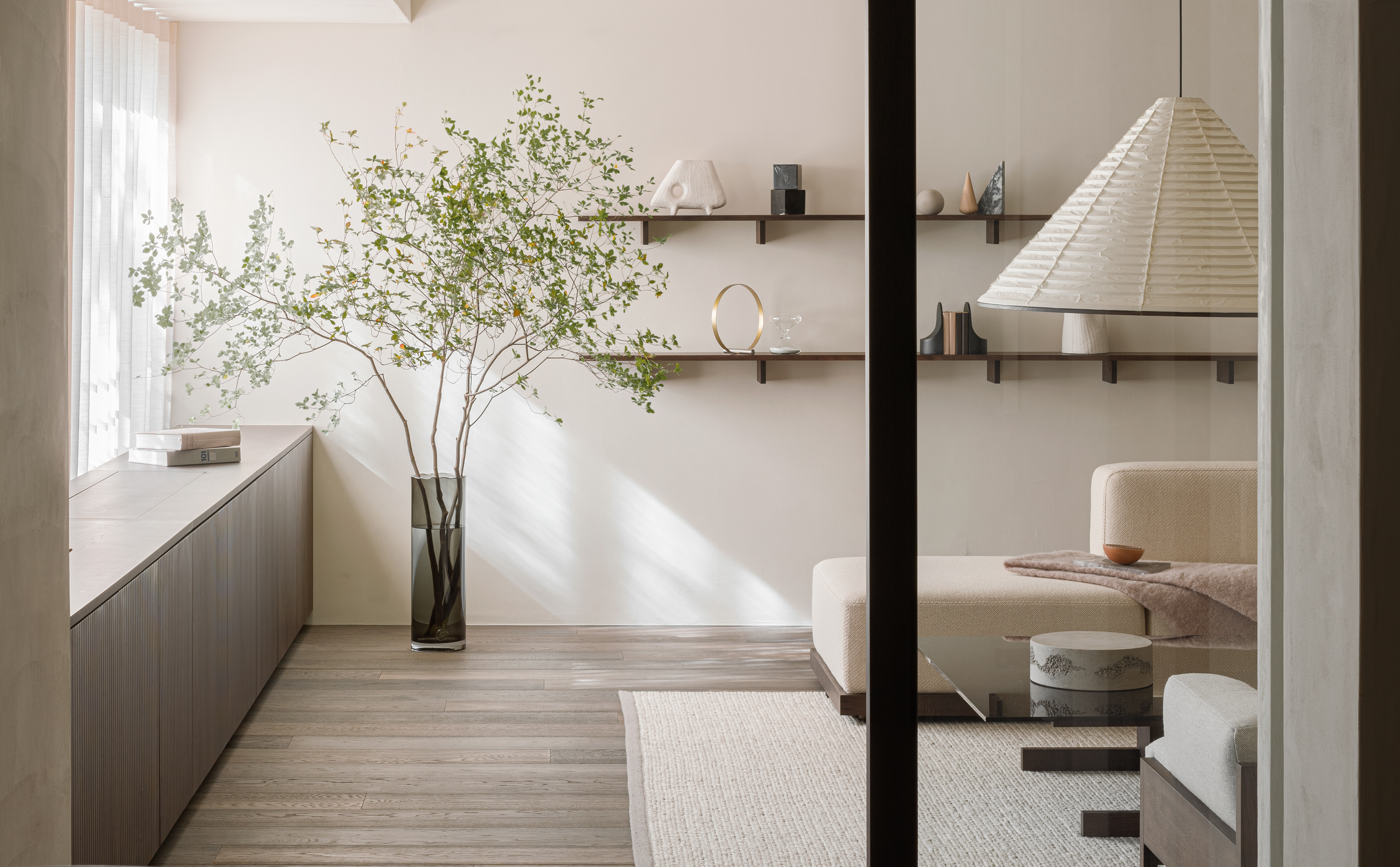

Over the years, I've learned many different decluttering tips. But I've been curious to learn more about decluttering in Japan, home of the super minimalist aesthetic. There are so many practices there that I have never even heard of.
Japanese organizing techniques are incredible and efficient, but many decluttering tips are also grounded in meaningful practices of letting go.
I talked to two professional organizers and a Japanese kitchenware company to learn more about the different decluttering ideas people follow in Japan, and how you can execute them in your own home.
1. Danshari (断捨離)
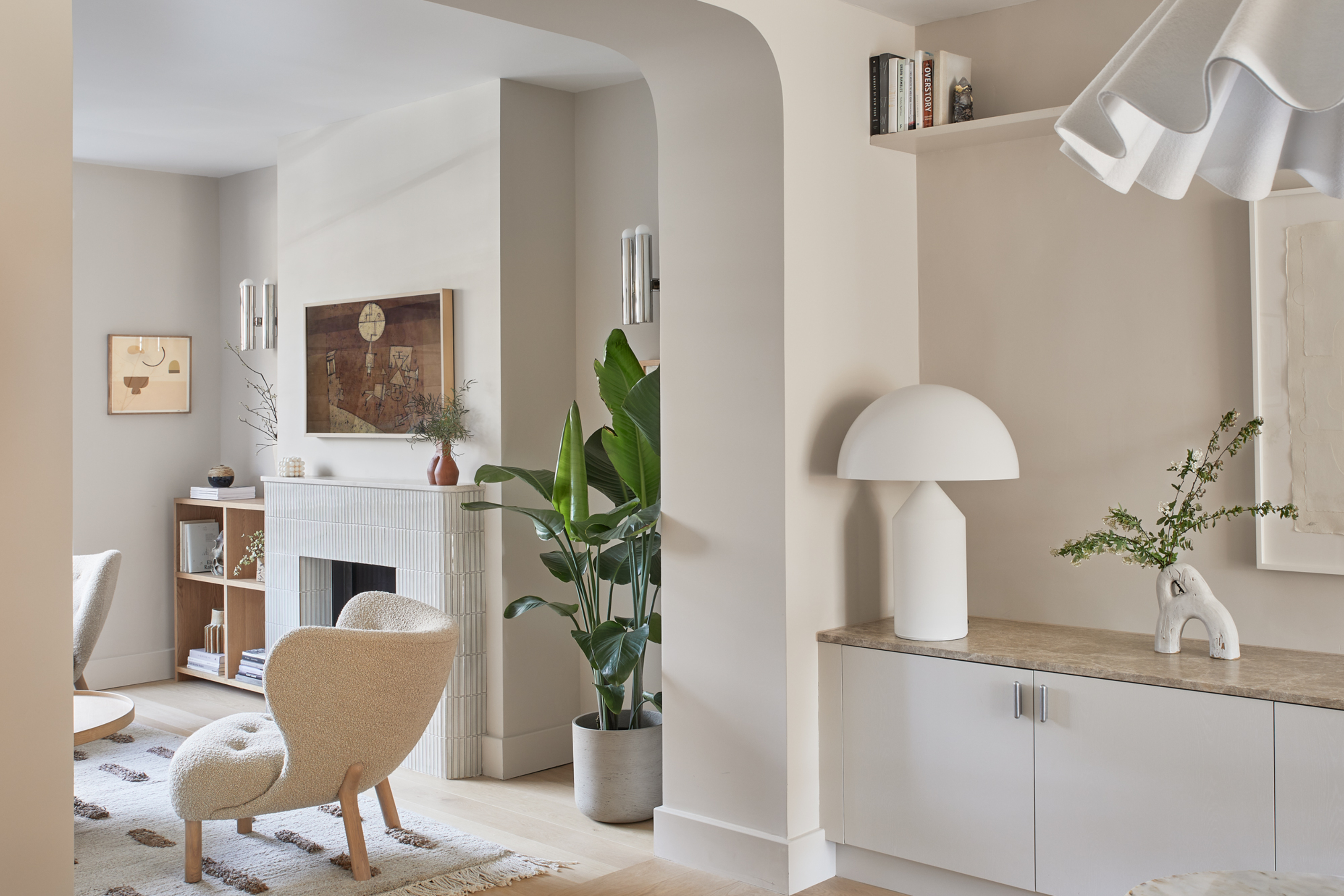
Danshari is a three-fold decluttering technique grounded in the philosophy of separating yourself from the material. If a material possession is not necessary, it should be discarded, and the desire to acquire unnecessary physical things should always be monitored. These ideas in conjunction help in learning how to declutter your home and keep it clear in the long-run.
I asked Oishya, a Japanese kitchenware company that aims to keep such principles at heart, about this Japanese decluttering technique.
Kamila Hankiewicz of Oishya says, "Danshari is a holistic approach to simplifying one's life, both physically and mentally. The term consists of three kanji characters:
- 断 (dan) - refusing to acquire unnecessary things
- 捨 (sha) - throwing away things you don't need
- 離 (ri) - separating yourself from a desire for material possessions."
To follow danshari yourself, it's important to always keep 'necessity' at the front of your mind. Is something you own necessary? Is something in your shopping cart truly necessary? If the answer to both of these questions is no and the item doesn't bring you joy, let it go.
2. The KonMari Method

Popularized by Marie Kondo, this is the method most of us declutter-lovers will have heard of. In Kondo's method, decluttering and minimalism isn't the goal in itself. A person is instead encouraged to hold every individual item they own and ask themselves whether it "sparks joy".
This process is often easiest to follow if you sort your possessions into categories first, and Kondo recommends using the following as a guideline: clothing, books, papers, 'komono' (miscellaneous items), and mementos (sentimentals).
Another important factor of Kondo's method is expressing gratitude. "Marie Kondo's method asks people to express gratitude for items before discarding them," says Kamila. This can help a person in the process of letting possessions go, thanking each object for its service before passing it on to serve someone else.
Ben Soreff, professional organizer at House to Home Organizing, feels as much as this method sounds aspirational it isn't always realistic to follow in the real world.
"If you threw everything out that didn't spark joy you would get rid of your toilet brush," says Ben. "I personally believe for this method to be more effective to instead focus on the Marie Kondo goals. Ultimately we want to be able to find what we are looking for because it has a home in our space, and we also want to be more productive. We don't want to focus on what we are tossing (tossing leads to regret and anxiety): we want to focus on what we are keeping."
If this method doesn't work for you, perhaps try shift your focus to align better with your lifestyle. And if it doesn't work at all, there are plenty of other methods out there that might be more suitable.
3. Zen Minimalism
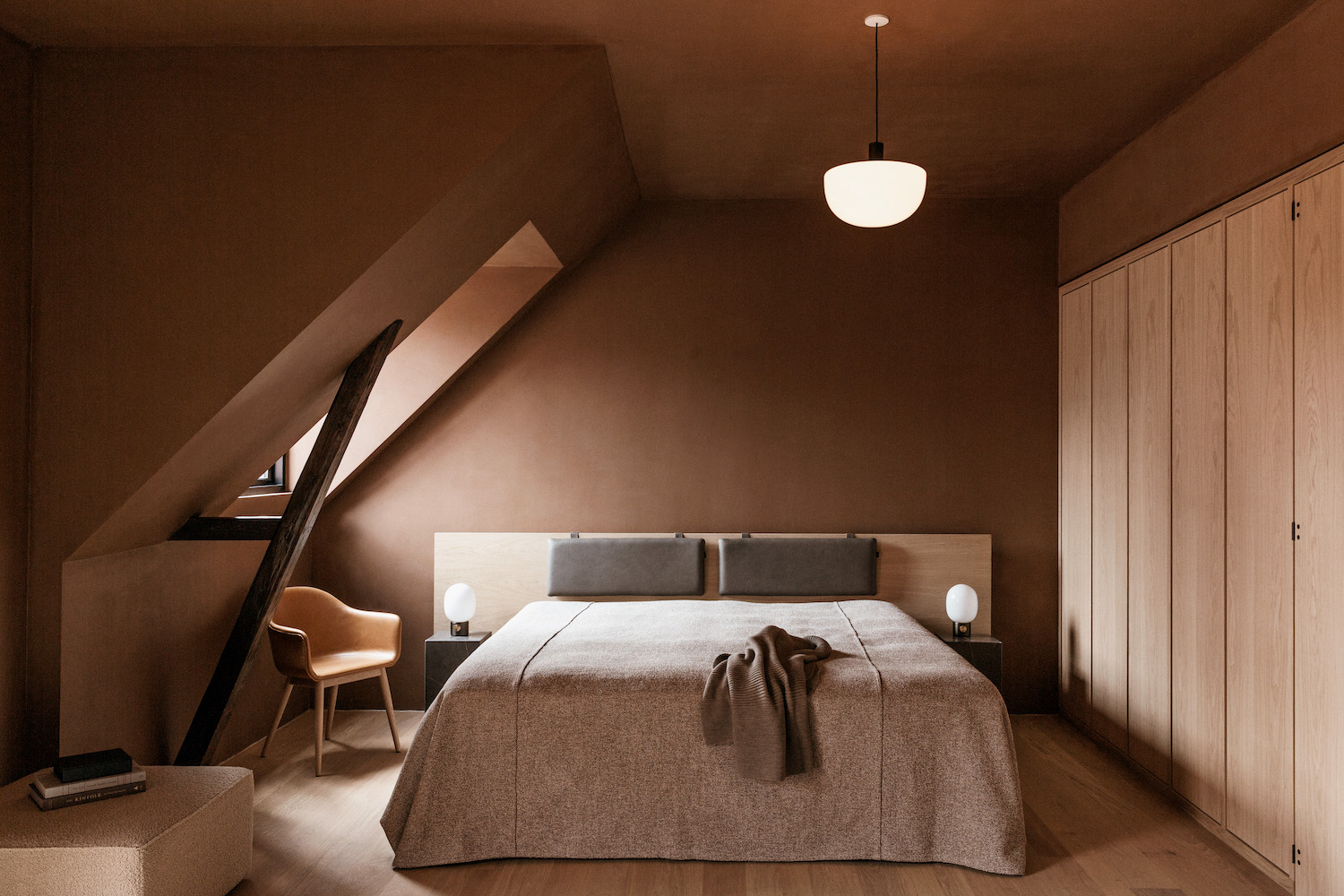
Akin to essentialism, zen minimalism urges people to focus on what is essential and what cultivates calm. The 'calm' element is what makes the practice distinct from essentialism, but the idea of calm will be subjective. There is no cookie-cutter visual or ambience for what a "calm" space is or means.
"Zen minimalism is inspired by Zen Buddhism, an approach which emphasizes three key points: keeping only essential items, creating calm uncluttered spaces, and focusing on quality over quantity," says Kamila.
The Buddhist link strings back to 'non-attachment theory' in the way that both approaches encourage a sense of detachment from the non-essential.
To execute this for yourself, you will need to first decide on the strictness you wish to implement. Do you want to get rid of everything that isn't essential, including things you really like? Or do you want to pare down your life to only include what you need and love? Just make sure to think carefully into this, as otherwise you may toss out items and have regrets about them later.
A less strict version of this method, at least to start with, is what I personally recommend. You can always go deeper into it, but it's harder to back-peddle and regain lost items you loved.
4. Inyo-Onyo ('Empty Space')

In the past I was guilty of neglecting the importance of negative space in a room. If I had a surface, I would sit something on it, and every shelf of my bookcase would have to be filled, even if it wasn't with books. In my mind keeping spaces empty was wasting valuable storage, but as I got older I realized the sense of peace I got from having less items that I loved displayed in a more spaced out manner. After all, an overfilled home will be difficult to declutter or live in.
Laura Coufal, owner of The Simple Daisy, says, "One of the reasons we feel more comfortable in a room that is not cluttered is that our homes function and feel best when we balance the quantity of objects and space within that room. So the empty spaces in your home are just as important as the objects are."
Inyo-Onyo inspires this within people and their homes. Existing as the equivalent of the Chinese yin-yang symbol, inyo-onyo is about the art of balance: balancing negative space (empty) with positive space (spaces where items are).
Laura recommends doing the following to bring inyo-onyo balance into your home. "Look around your home and examine walls, shelves, corners, and surfaces. If every nook and cranny is filled to the brim, consider doing some decluttering. What furniture or other belongings can you subtract to make some space? You may be surprised at how much more comfort your home can offer you just by having less in it."
5. Oosouji (大掃除) - The Big Clean
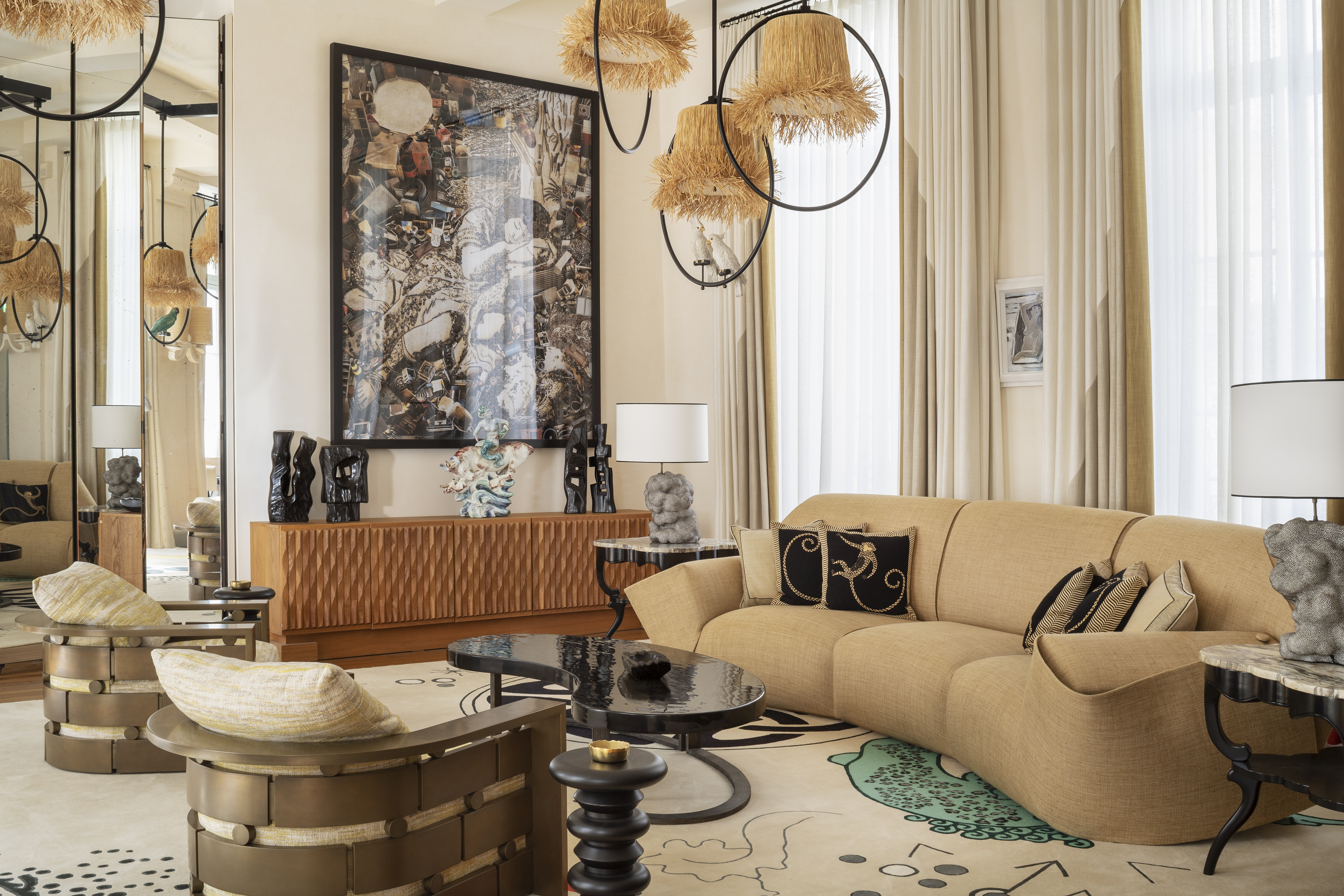
Oosouji refers to a giant declutter people in Japan do at the end of each year. It is said to be a tradition that goes back hundreds of years, serving to cleanse the home and purify it for the new year ahead.
"The end-of-year cleaning tradition involves discarding old unnecessary items and thoroughly cleaning and decluttering the entire home to create a fresh space for new beginnings," says Kamila.
Many people choose to declutter their homes in the New Year, or at the start of one as a New Year's resolution, as you never realize how much you accumulate over the course of a year until it faces you all at once: you become clutter-blind.
An end-of-year clean shares a similar sentiment to Oosouji, but I bet you didn't know it's actually been around in history for so long.
6. The 5S Method

Originally developed for workplace organization, the 5S decluttering method is a five-fold guide to help a person sift through the items in their household. When you get to the end of the guide, you are encouraged to sustain the practices you have learned to prevent your home from reverting back to the way it was.
In this way the framework holds a person accountable to live with less, causing them decreased decision fatigue in the future when it comes to choosing what items they need in their home.
Kamila shares the five steps of the 5S method below:
- Seiri (整理) - Sort
- Seiton (整頓) - Set in order
- Seiso (清掃) - Shine (clean)
- Seiketsu (清潔) - Standardize
- Shitsuke (躾) - Sustain
You sort your items into categories, discarding and decluttering where you can. Then, you return everything to order, placing each item in the home where it belongs. Next you do a big clean around your home, helping to refresh the space before finally standardizing: making up rules which will help you to sustain your new practice of decluttering and maintaining your home.
The method may at first sound difficult but it's actually quite simple.
FAQs
Why are these Japanese decluttering methods beneficial?
Kamila shared this with me, and it felt too insightful not to share it with you too:
"These Japanese decluttering methods are beneficial because they:
1. Reduce physical and mental clutter, leading to reduced stress and increased focus
2. Encourage mindfulness and intentionality in our relationship with possessions
3. Create more harmonious living spaces that promote well-being
4. Give a sense of gratitude for the items we choose to keep
5. Align with sustainable living practices by reducing unnecessary consumption".
What is 'wabi-sabi'? (侘寂)
According to Kamila Hankiewicz of Oishya, "Wabi-sabi is a Japanese aesthetic concept that finds beauty in imperfection and simplicity. In the context of decluttering, it encourages appreciating fewer, perhaps imperfect items, rather than striving for an abundance of flawless possessions."
Mindful Decluttering Books
Now your arsenal of decluttering knowledge is in top form, why not learn about Japanese organizers that will help declutter your home? There are some truly stunning, functional pieces out there.
Be The First To Know
The Livingetc newsletters are your inside source for what’s shaping interiors now - and what’s next. Discover trend forecasts, smart style ideas, and curated shopping inspiration that brings design to life. Subscribe today and stay ahead of the curve.

Ciéra is a writer and regional laureate with particular passions for art, design, philosophy and poetry. As well as contributing to Livingetc, she's an Editorial Assistant for Design Anthology UK and a contributing writer for Homes & Gardens and Apartment Therapy. Previous commendations of hers include being Highly Commended by The Royal Society of Literature and receiving a prestigious MA Magazine Journalism scholarship to City, University of London.
-
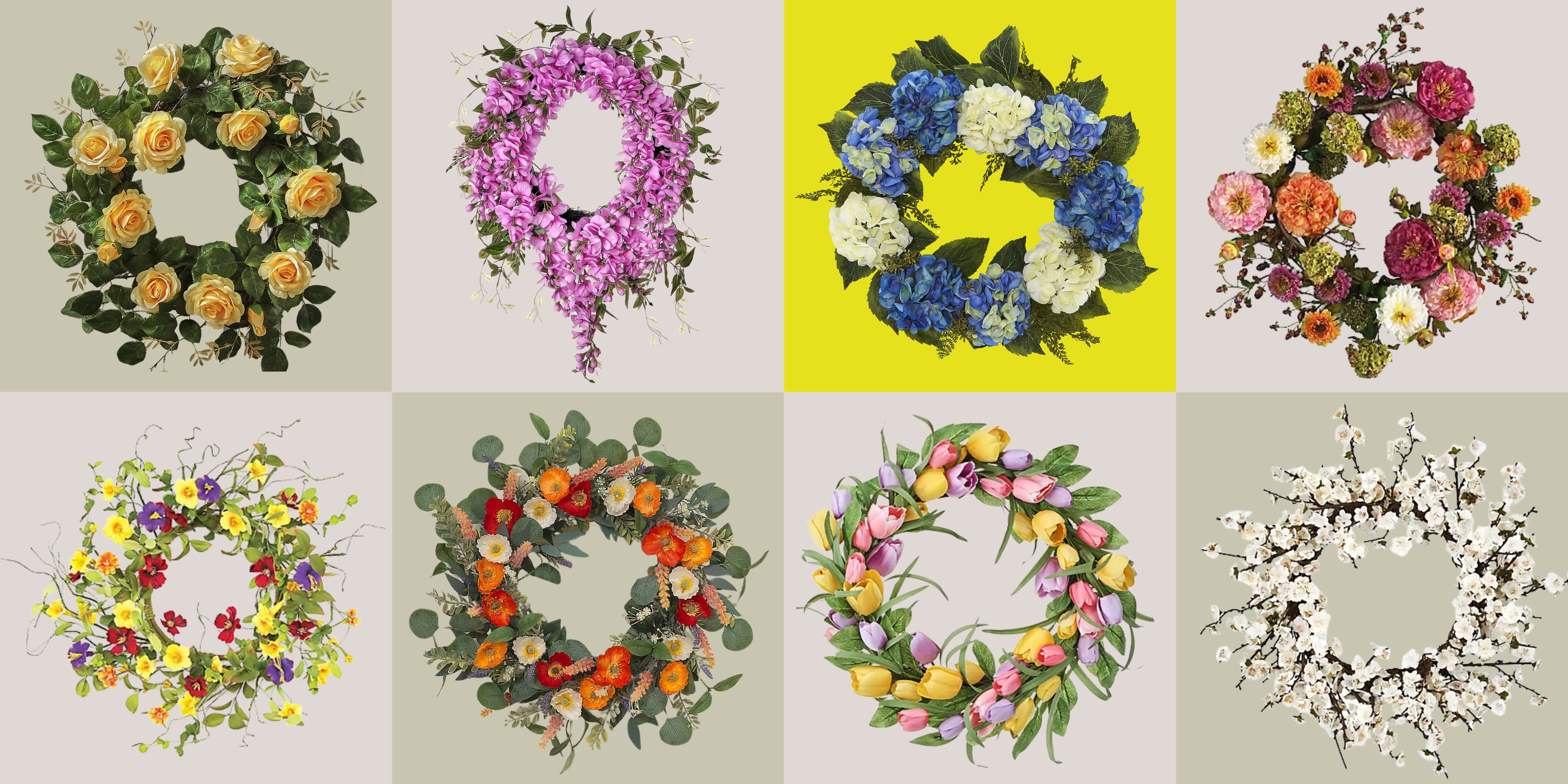 These Are the Flower Crowns I’m Wearing This Spring (Spoiler: They’re Actually for My Door)
These Are the Flower Crowns I’m Wearing This Spring (Spoiler: They’re Actually for My Door)Coachella confirmed the comeback of flower crowns. At home, they just go by another name: the spring wreath
By Julia Demer
-
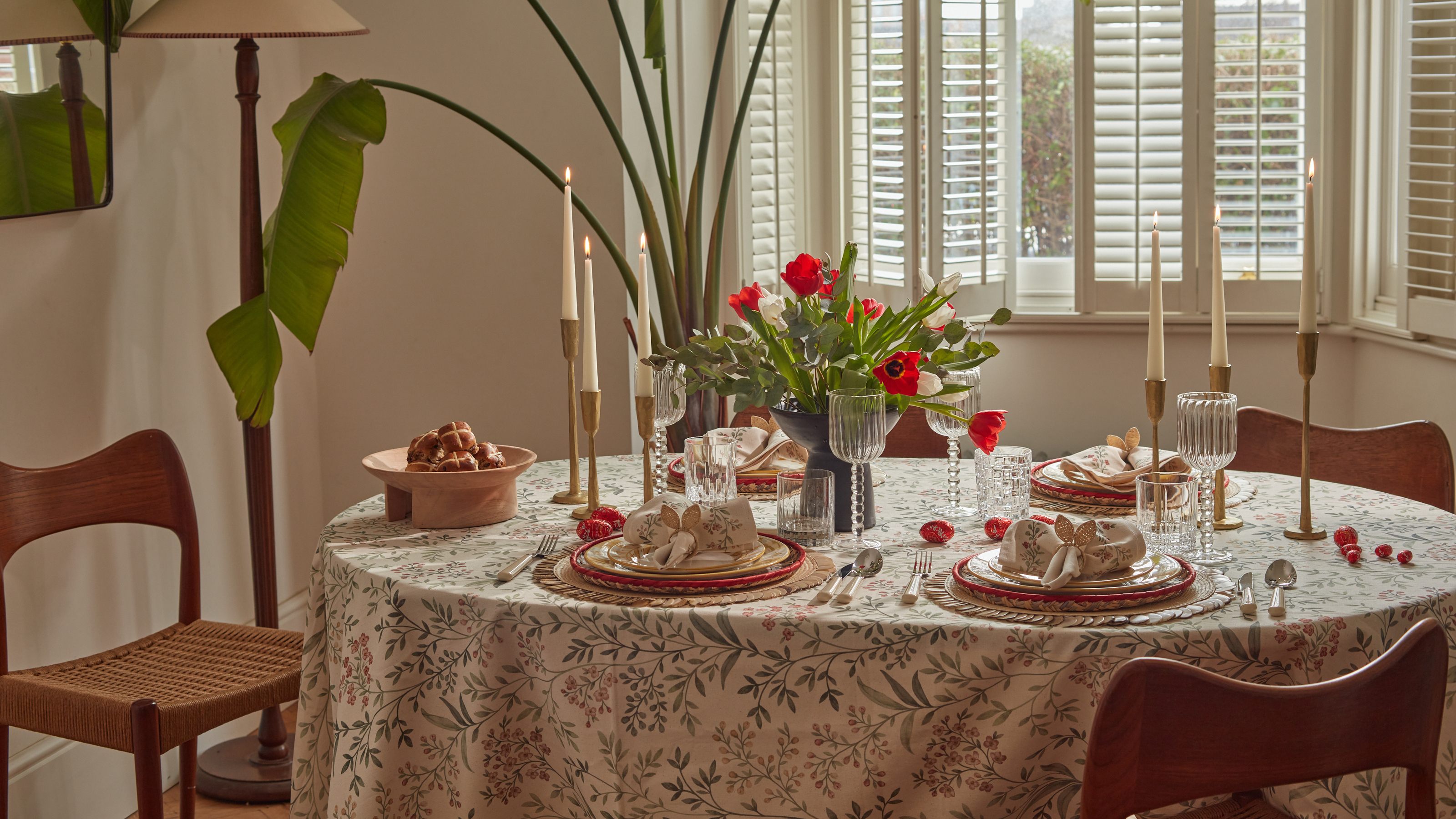 Bunny Ears, Be Gone — 7 Easter Table Styling Mistakes That Will Take Your Setting from Tawdry to Tasteful
Bunny Ears, Be Gone — 7 Easter Table Styling Mistakes That Will Take Your Setting from Tawdry to TastefulFrom fussy floral displays that disrupt conversation to over-relying on tacky tropes, don't fall victim to these errors when decorating your Easter table
By Lilith Hudson
-
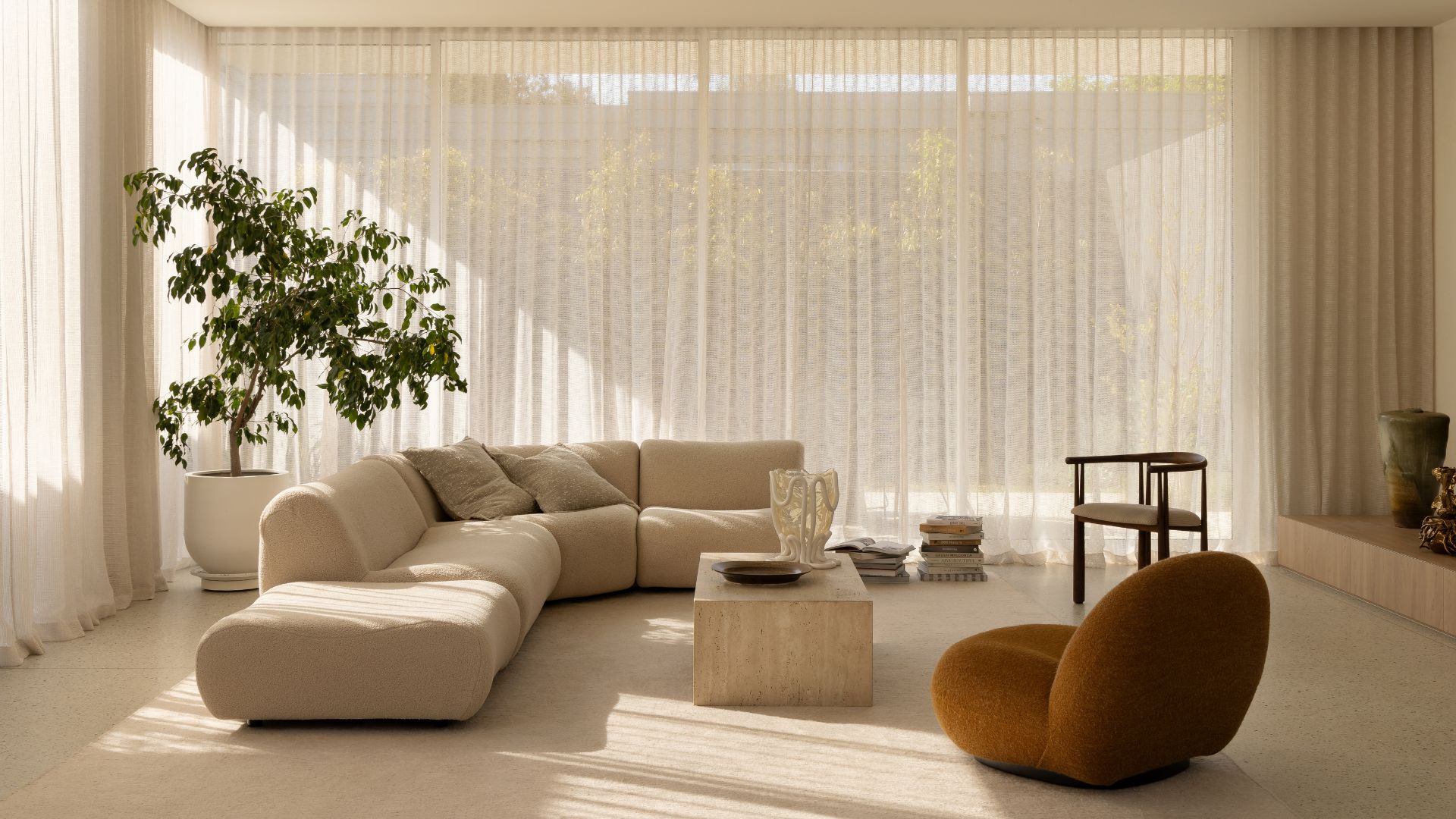 10 Decluttering Challenges to Have on Your Radar This Year — For a Tidier, More Mindful Home
10 Decluttering Challenges to Have on Your Radar This Year — For a Tidier, More Mindful HomeIf you're interested in transforming your home for the better, here are 10 decluttering challenges I recommend for a professionally tidy space.
By Amiya Baratan
-
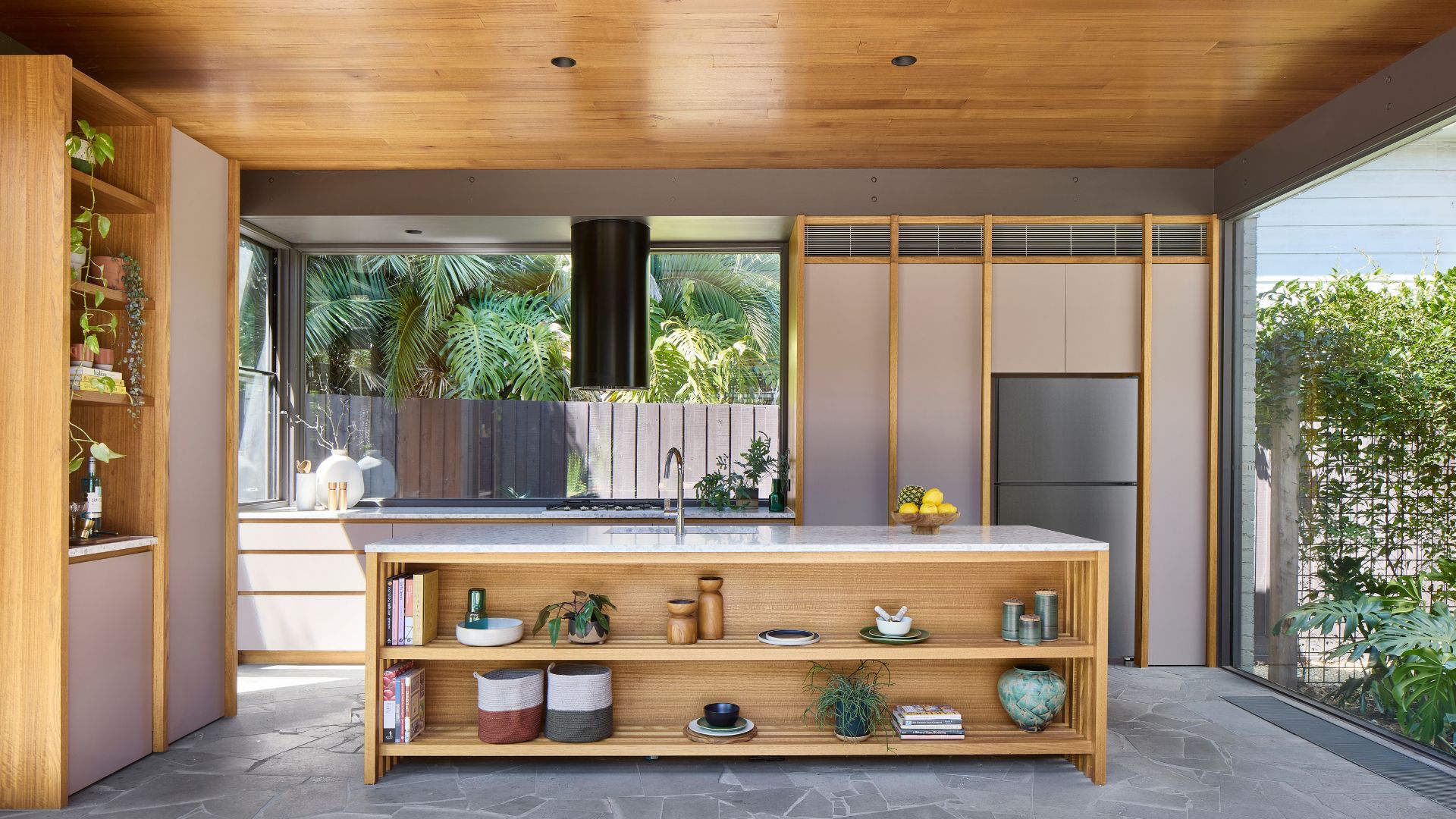 Biophilic Decluttering — What to Take Out of Your Home (and What to Put in) for a More Natural Home
Biophilic Decluttering — What to Take Out of Your Home (and What to Put in) for a More Natural HomeTry your hand at biophilic decluttering to ground your interiors, connect to the environment, and cure chronic clutter in one go. Here's how.
By Amiya Baratan
-
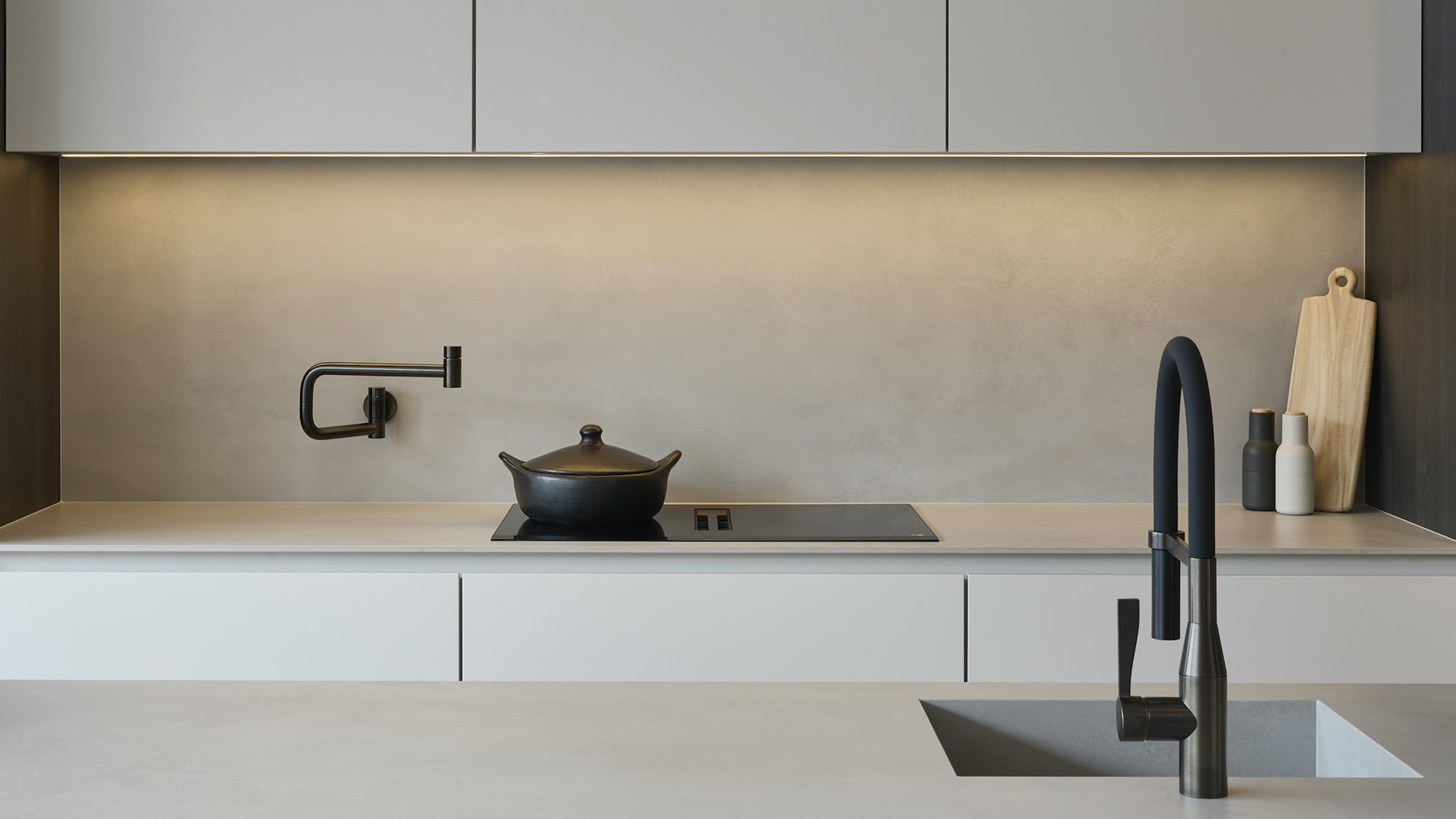 The 10 Different Types of Kitchen Taps — And the Pros and Cons of Each One to Know Before You Pick
The 10 Different Types of Kitchen Taps — And the Pros and Cons of Each One to Know Before You PickFrom sleek pull-outs to vintage bridge taps, explore 10 kitchen tap styles that mix function, flair, and a splash of cool
By Linda Clayton
-
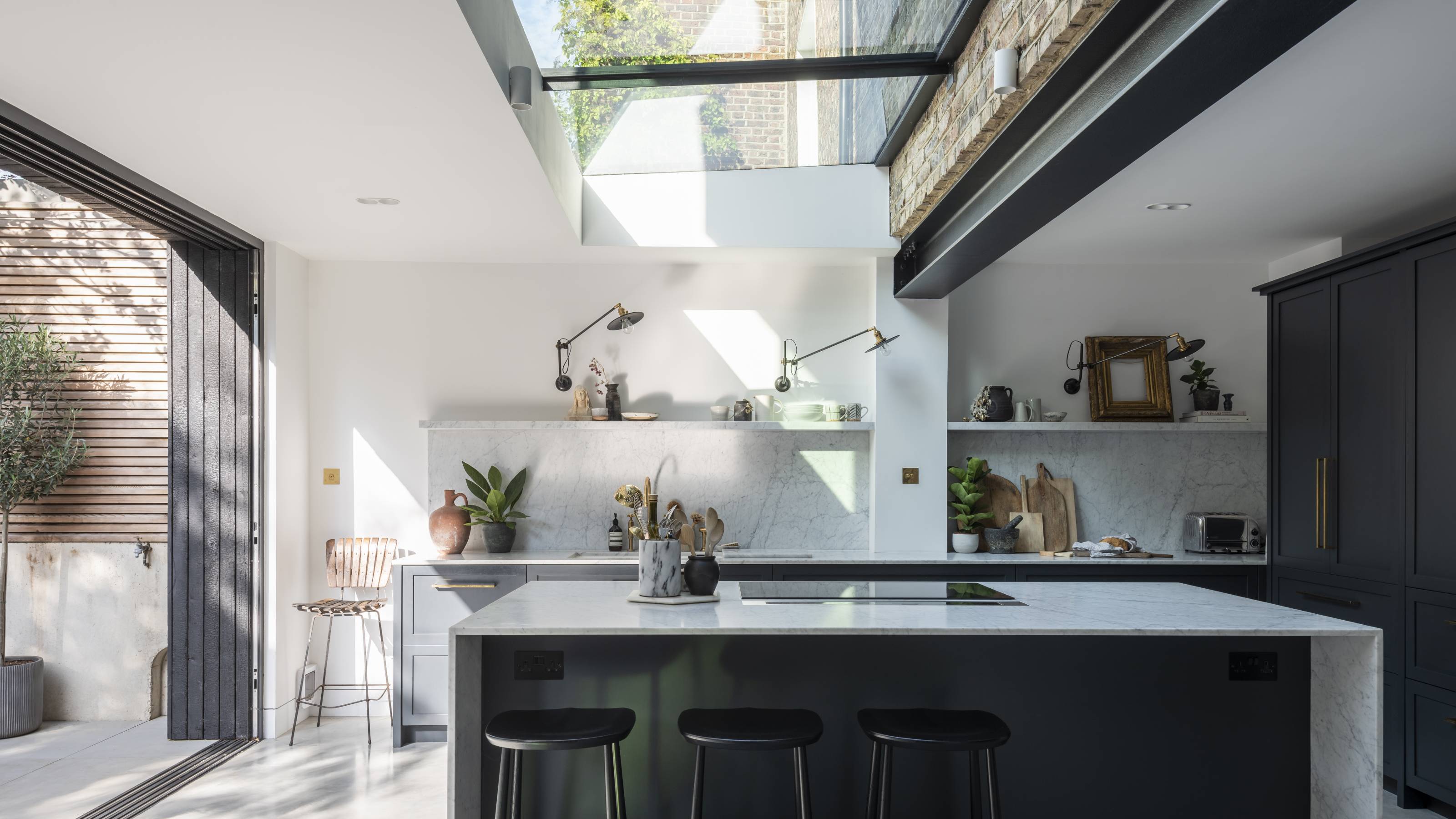 How Much Does an Extension Cost in 2025? Renovation and Design Experts Break Down Your Budget
How Much Does an Extension Cost in 2025? Renovation and Design Experts Break Down Your BudgetExplore how much different types of extensions cost in 2025 to budget for your project accurately
By Amy Reeves
-
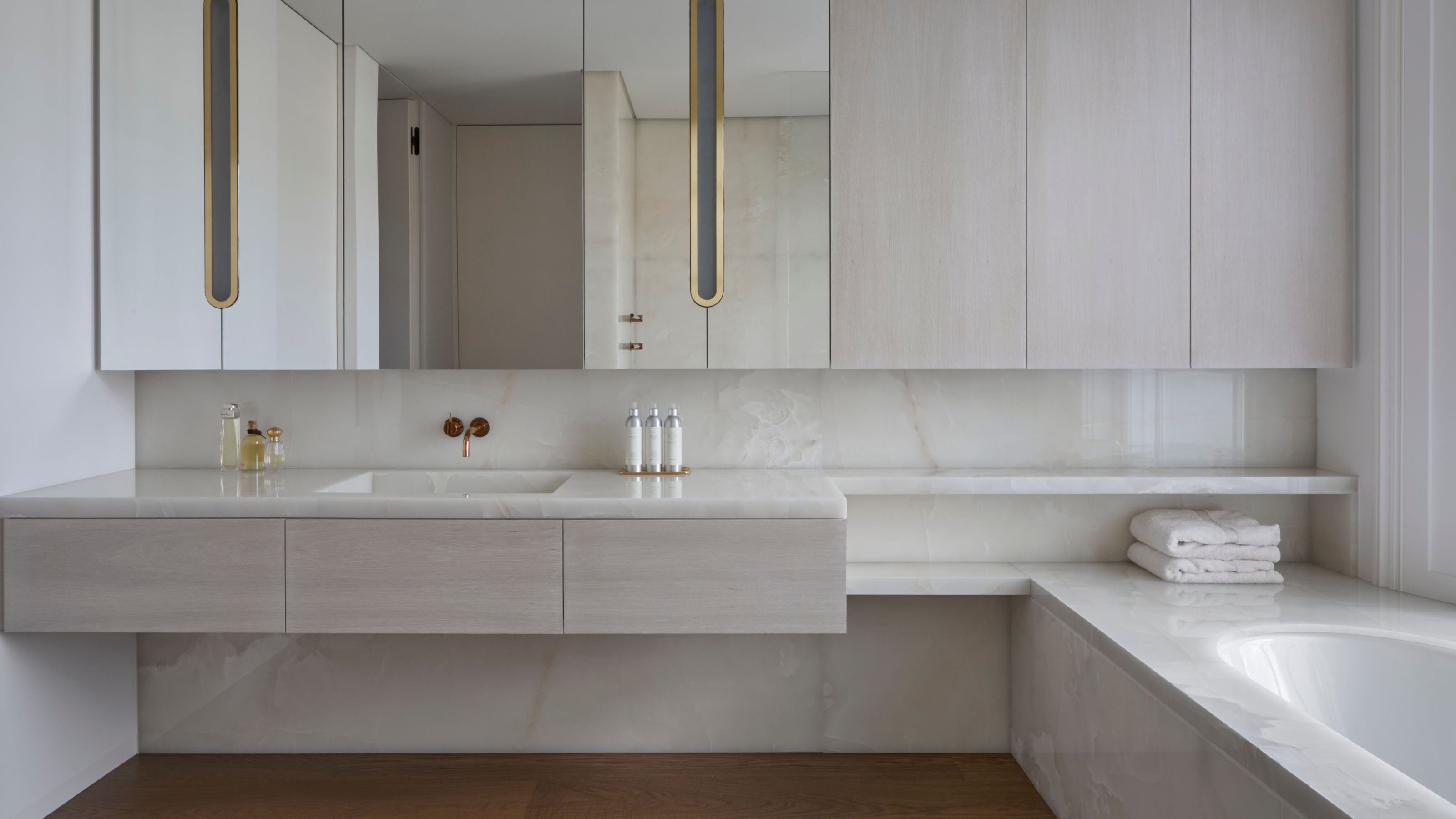 9 Bathroom Storage Mistakes You're Probably Making That Make Using This Space Much Harder — And What to Do Instead
9 Bathroom Storage Mistakes You're Probably Making That Make Using This Space Much Harder — And What to Do InsteadDiscover which mistakes are to blame for your overcrowded and cluttered bathroom
By Seraphina Kyprios
-
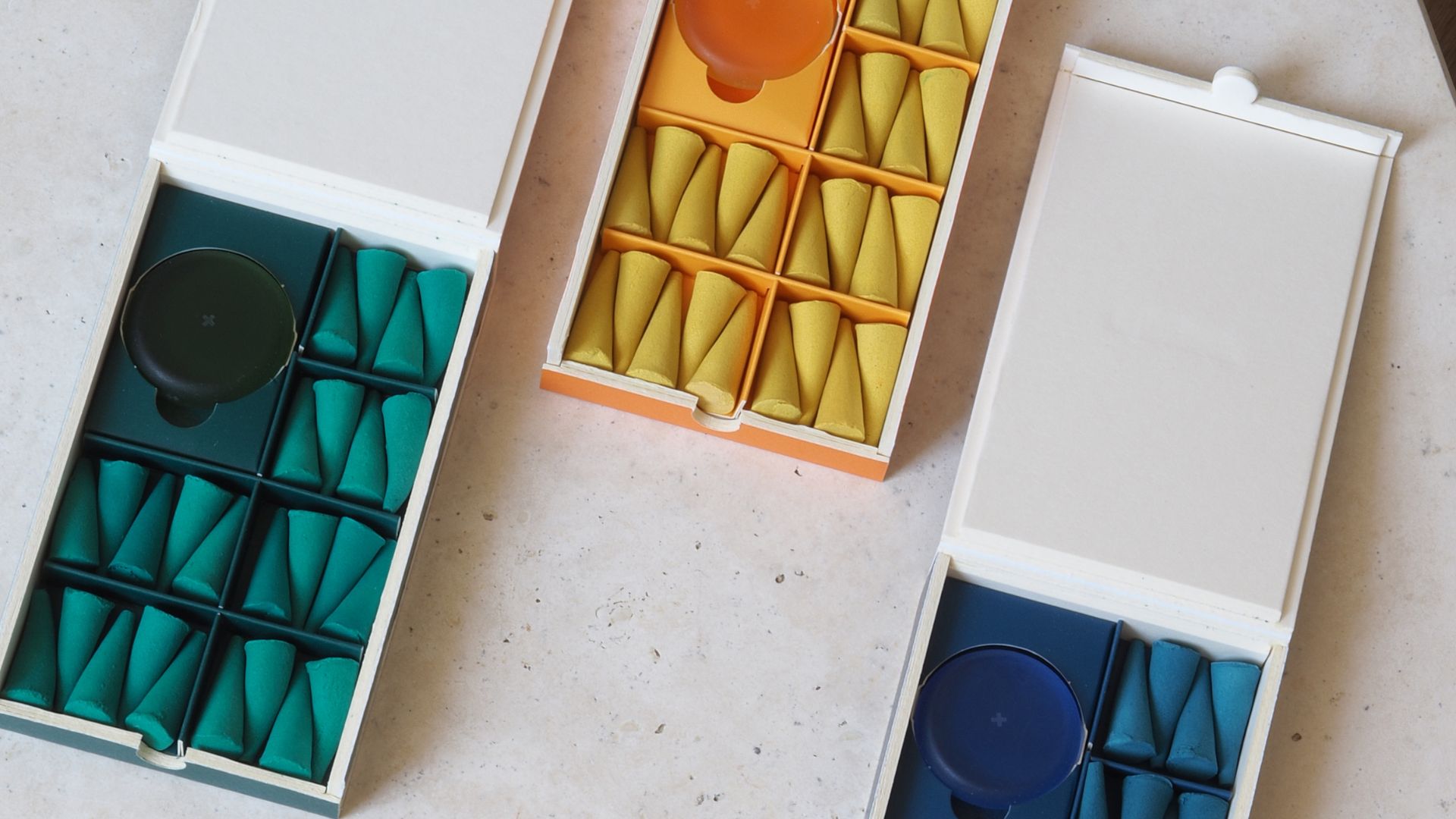 These 'Scenting Droplets' Might Be the Coolest (and Most Stylish) Way to Make Your Home Smell Amazing
These 'Scenting Droplets' Might Be the Coolest (and Most Stylish) Way to Make Your Home Smell AmazingIf you're looking to switch out your incense sticks for something more fun, then you should know about Ripple+'s incense droplets. Let me introduce you.
By Amiya Baratan
-
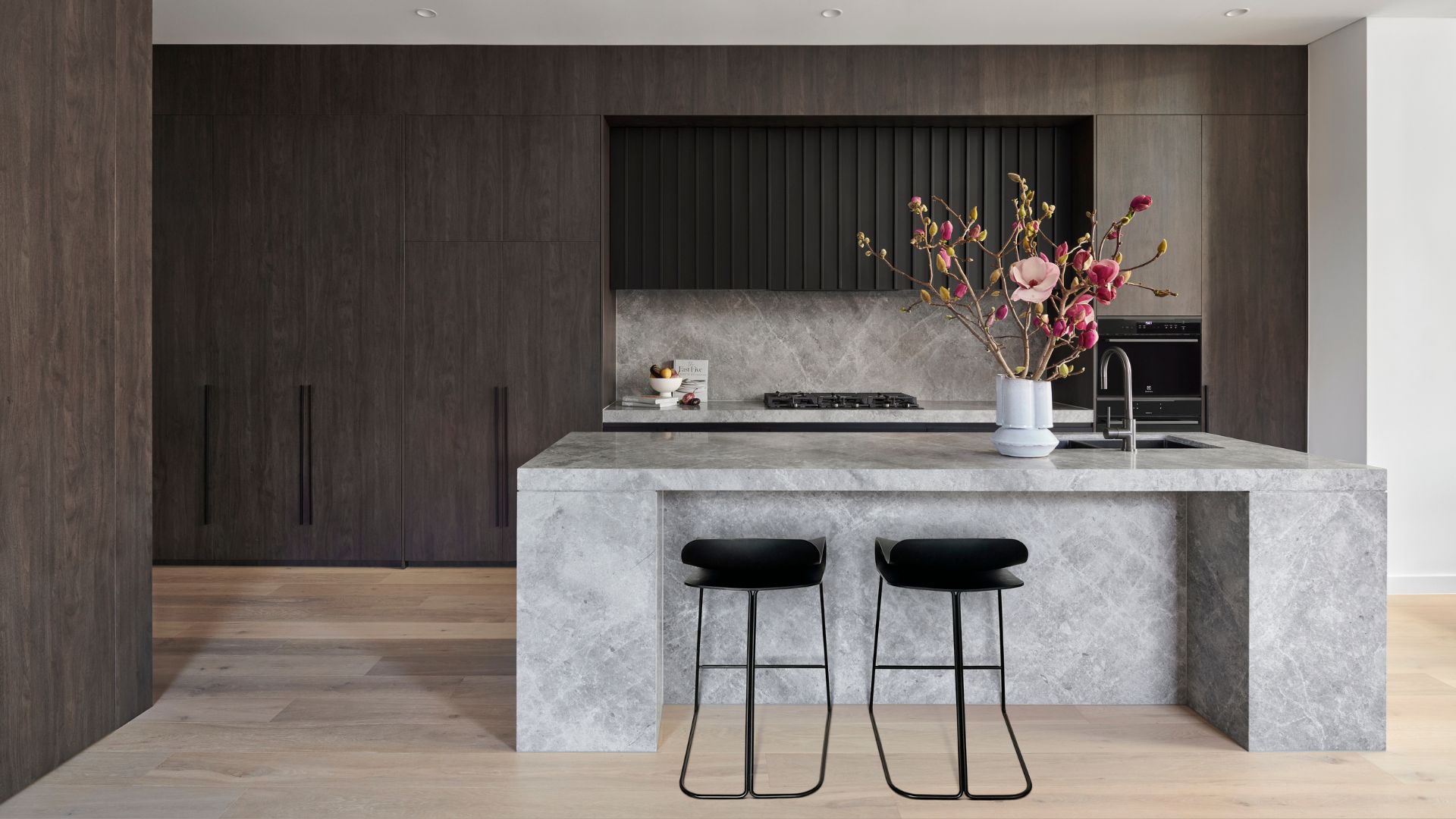 The Japanese Principle of Iki (粋) Is All About 'Refined Elegance' — Here's How to Embrace It in Your Home
The Japanese Principle of Iki (粋) Is All About 'Refined Elegance' — Here's How to Embrace It in Your HomeIf your interior vibe is all about refined elegance and opulent minimalism, you need to know about the Japanese principle of 'Iki'. Here's how to bring it home.
By Amiya Baratan
-
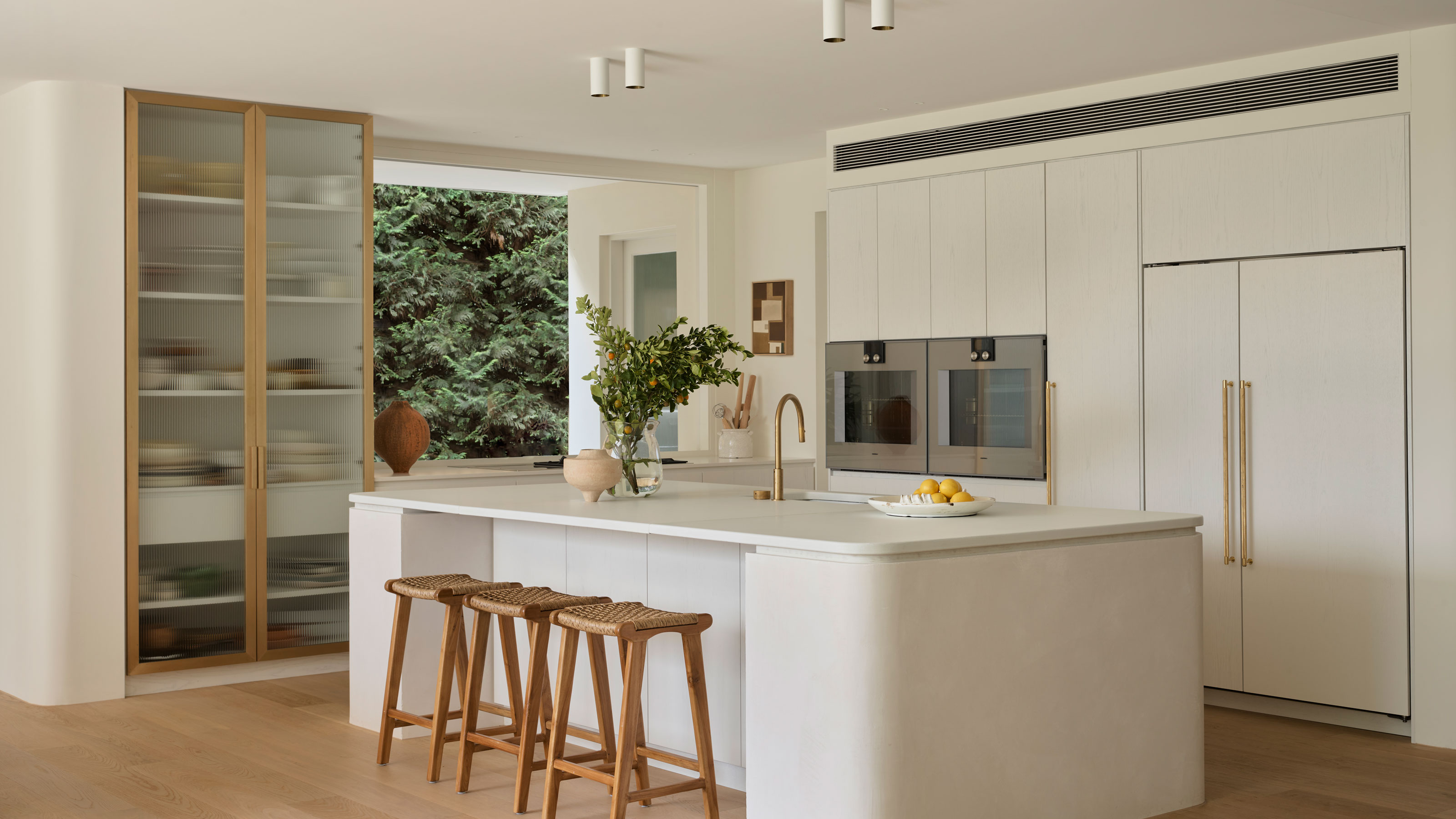 What Can I Choose Instead of Brass Taps? 4 Finishes That Are Emerging in 2025's Kitchens and Bathrooms
What Can I Choose Instead of Brass Taps? 4 Finishes That Are Emerging in 2025's Kitchens and BathroomsIf you want to try something a little different for your kitchen or bathroom finishes, these are the trending styles in taps beyond classic brass
By Seraphina Kyprios
